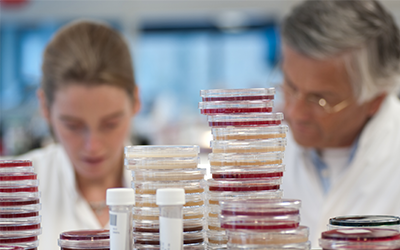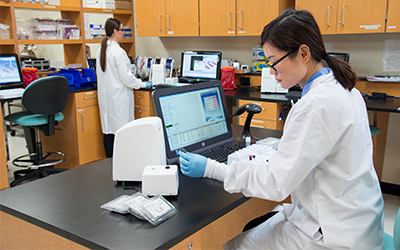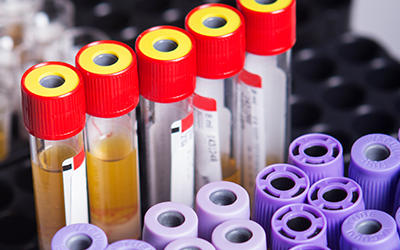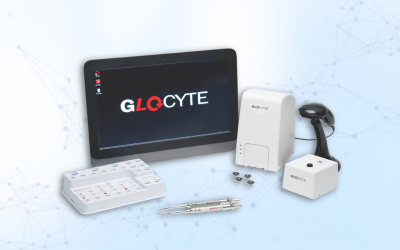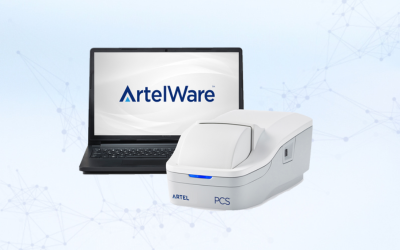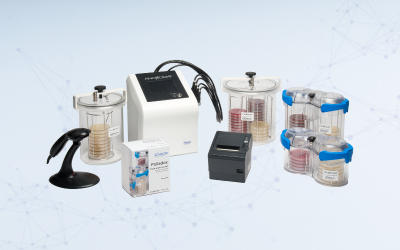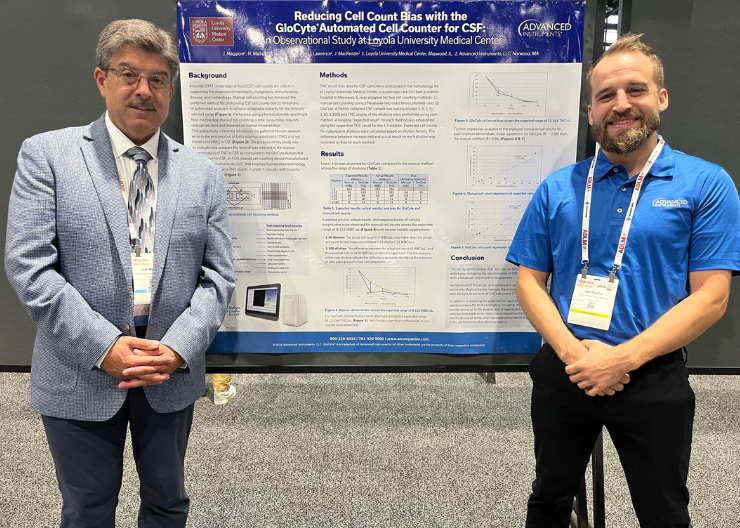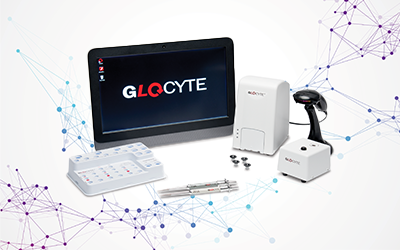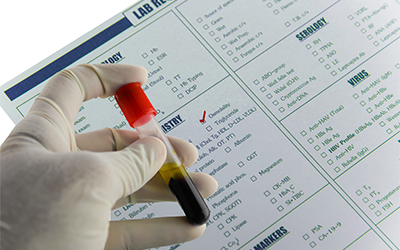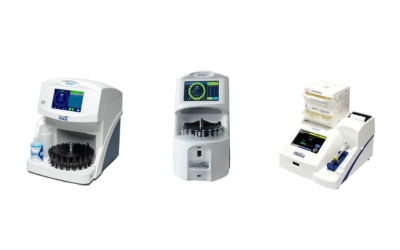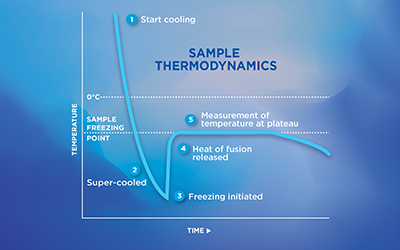Unlike the physical sciences, microbiology involves the study of living organisms that have a prodigious ability to mutate and reproduce but, by its nature, automation assumes an ability to standardize material and process.
Advanced Instruments, concentrates on the sub-field of Bacteriology. Bacteria are responsible for many beneficial processes such as industrial fermentation (e.g. the production of alcohol and dairy products) and antibiotic production. Scientists have exploited their knowledge of microbes to produce biotechnologically important enzymes to help in the fight against cancer and other illnesses.
Unfortunately, bacteria can be harmful to humans. Organisms such as E. coli, Listeria, and Salmonella all can cause illness or death.
Anaerobic bacteria are organisms that live in the absence of oxygen or at low levels of oxygen (micro-aerophilic bacteria). These organisms are common causes of infection. There are several habitats in the body (intestine, oral cavity) that are anaerobic. However, other parts of the body can become anaerobic as a result of injury or trauma. Many dangerous bacteria are anaerobic or micro-aerophilic and can cause great harm to humans1.
Anaerobic and micro-aerophilic bacteria can also be beneficial to humans. These bacteria are used as “waste digesters” by industry to clean oil spills, methane gas production in waste management, and can actually be a culprit in the spoilage of beer.
The cultivation of microorganisms in these oxygen-depleted atmospheres can take place in a CO2 incubator or an anaerobic glove cabinet. These conventional methods are marred by many disadvantages, like late discovery of leaks, slow anaerobiasis, or chemical waste. Massive space-occupying chambers with fixed environments consume huge quantities of gas and servicing is costly and inconvenient. Additionally, they are often incapable of cultivating micro-aerophilic and anaerobic organisms at the same time.
Alternatively, for anaerobic incubation, agar plates can be placed in a sealed jar made anaerobic by evacuating and replacing the atmosphere with an oxygen-free gas mixture. The Advanced™ Anoxomat® is a microprocessor controlled evacuation-replacement system for removing oxygenated environments from jars. The Anoxomat will replace the oxygenated environment with an anaerobic, micro-aerophilic, or a programmed gas mixture.
1Brock, Thomas D and Madigan, Michael T, Biology of Microorganisms (Englewood Cliffs, NJ: Prentice-Hall, Inc), p.358.
Interested in Advanced Instruments’ microbiology products? Click here to learn more.


